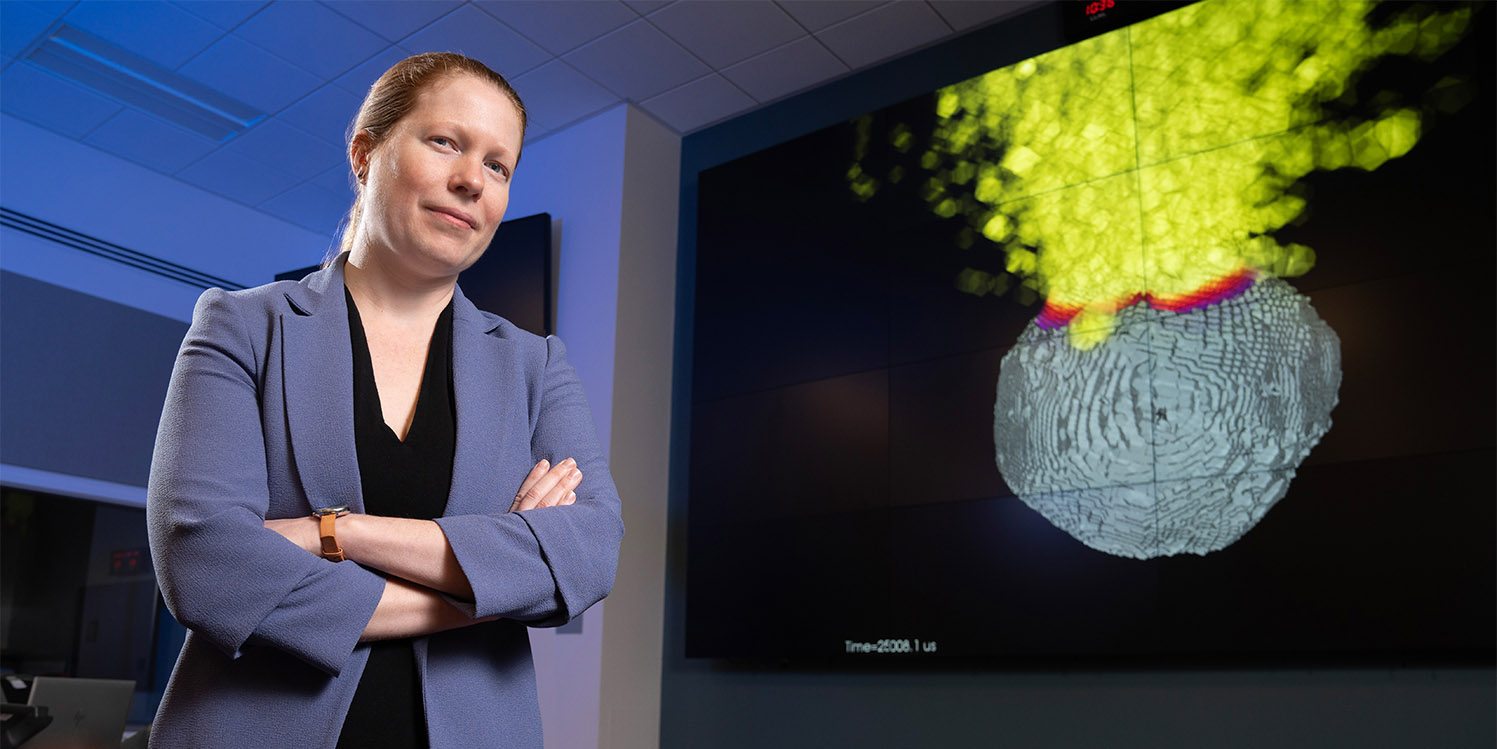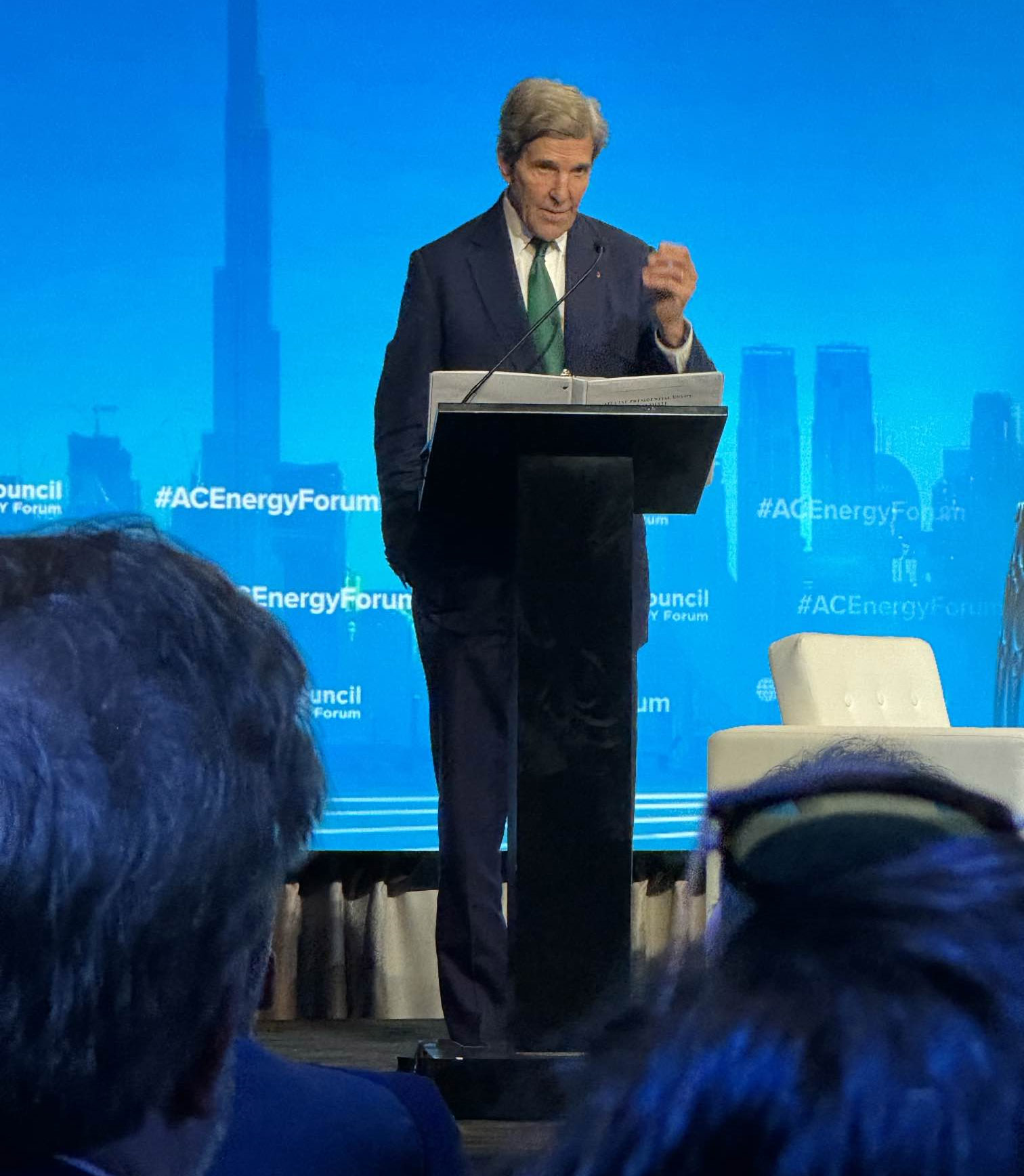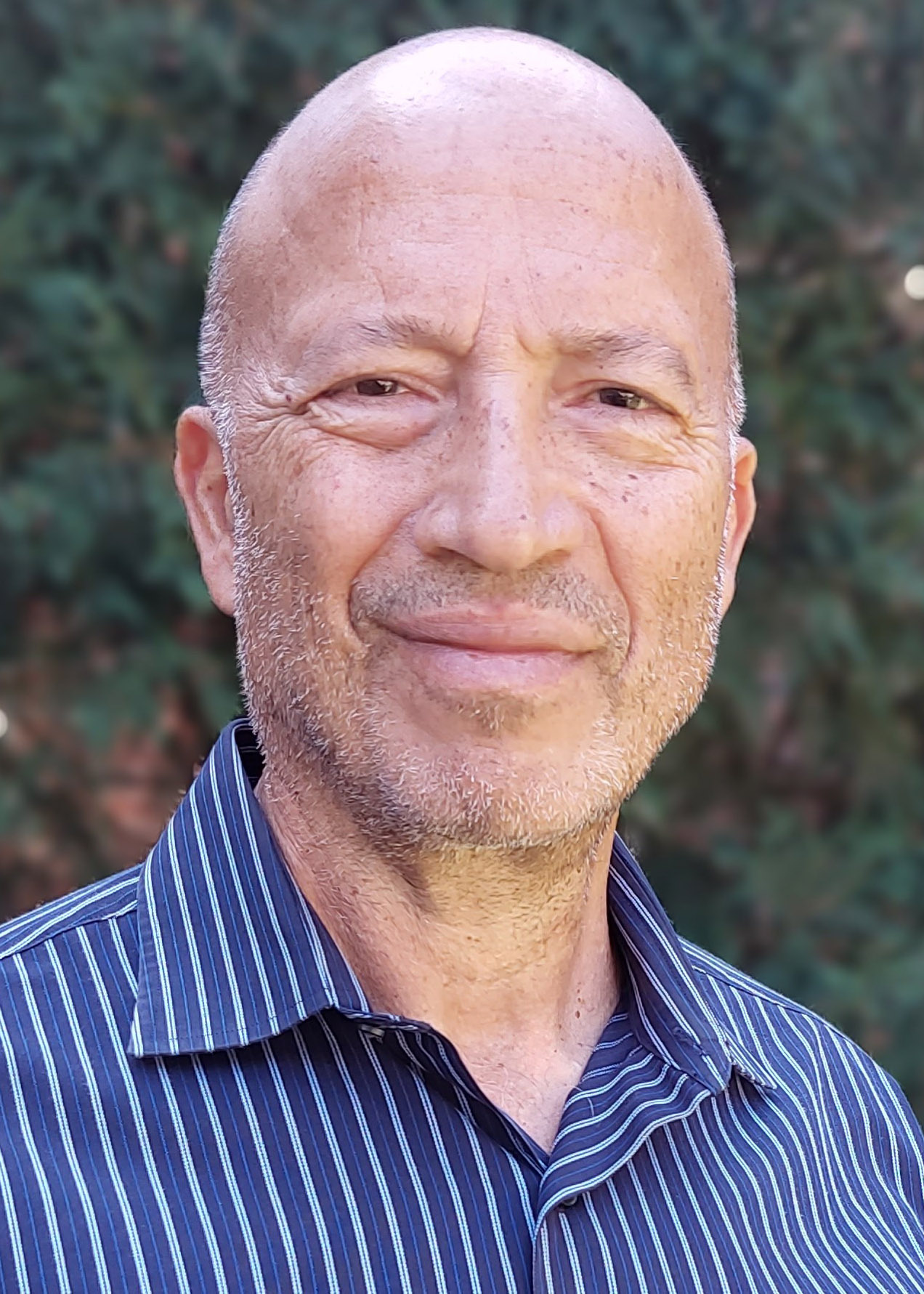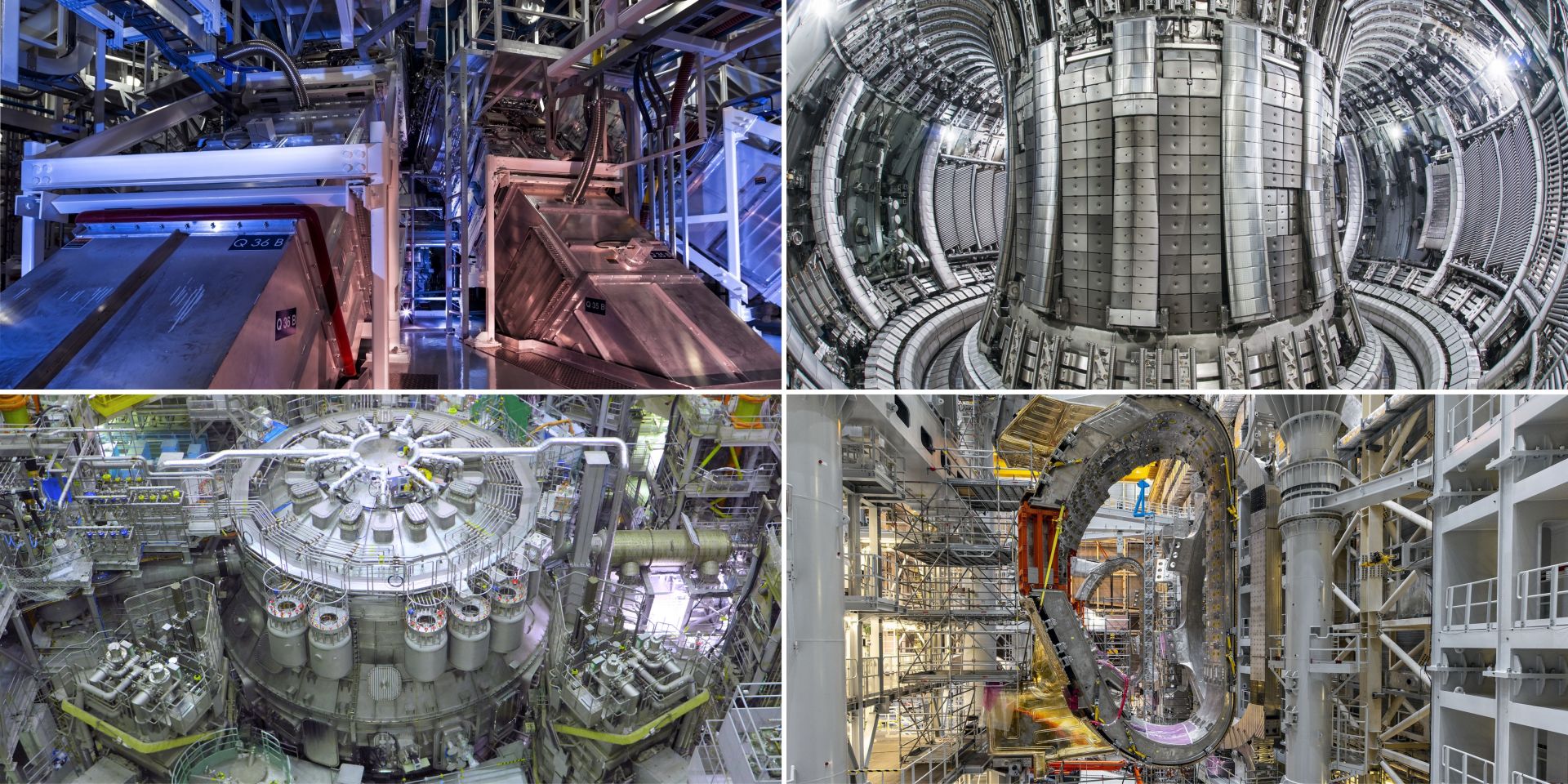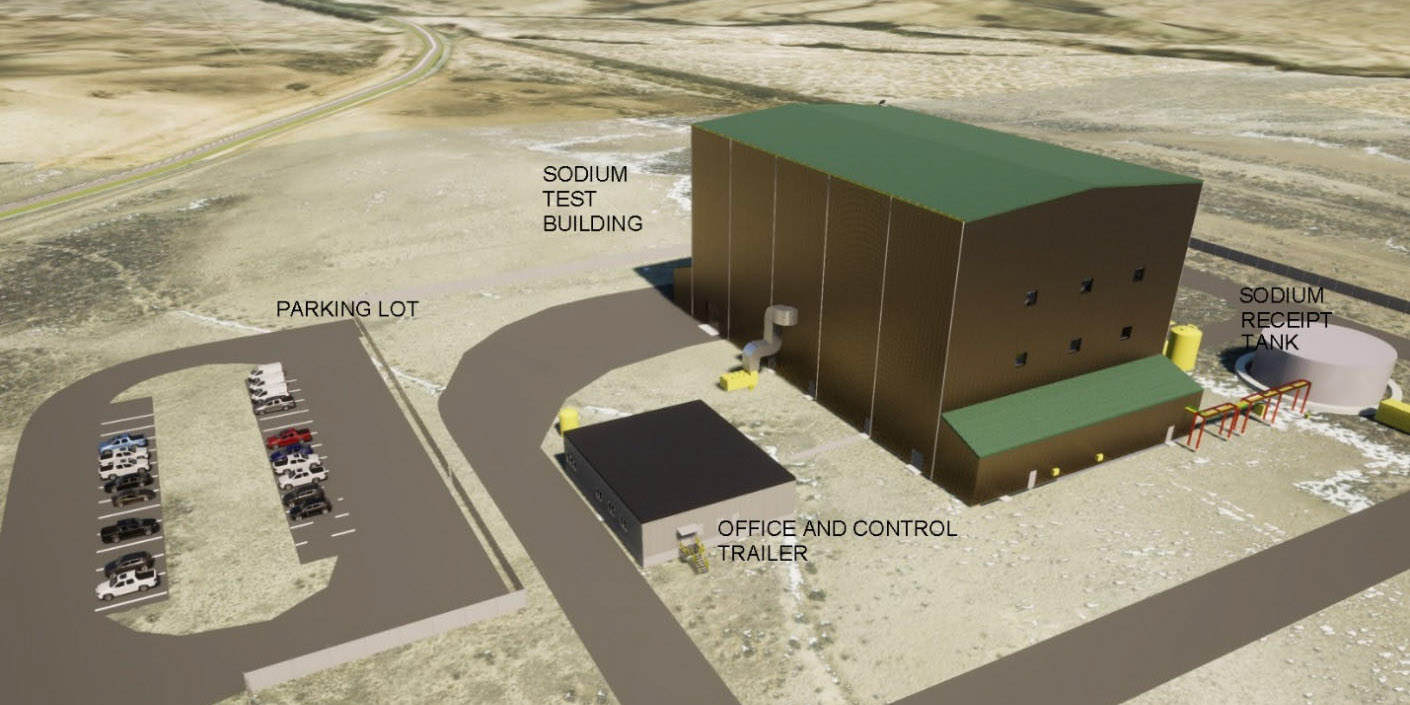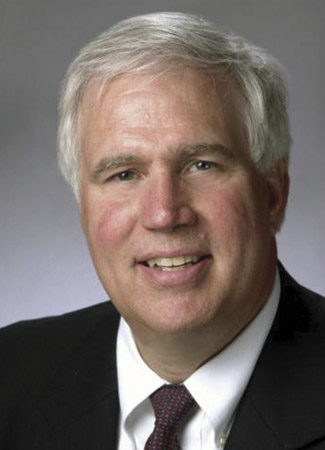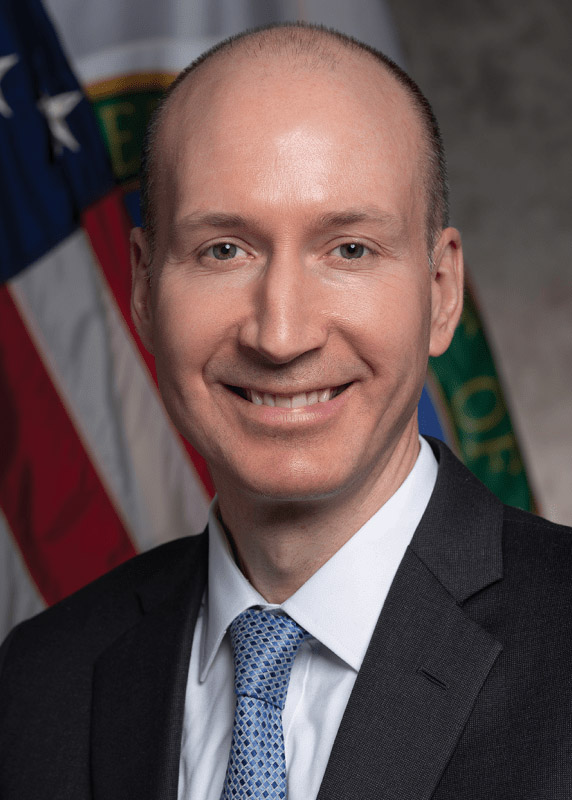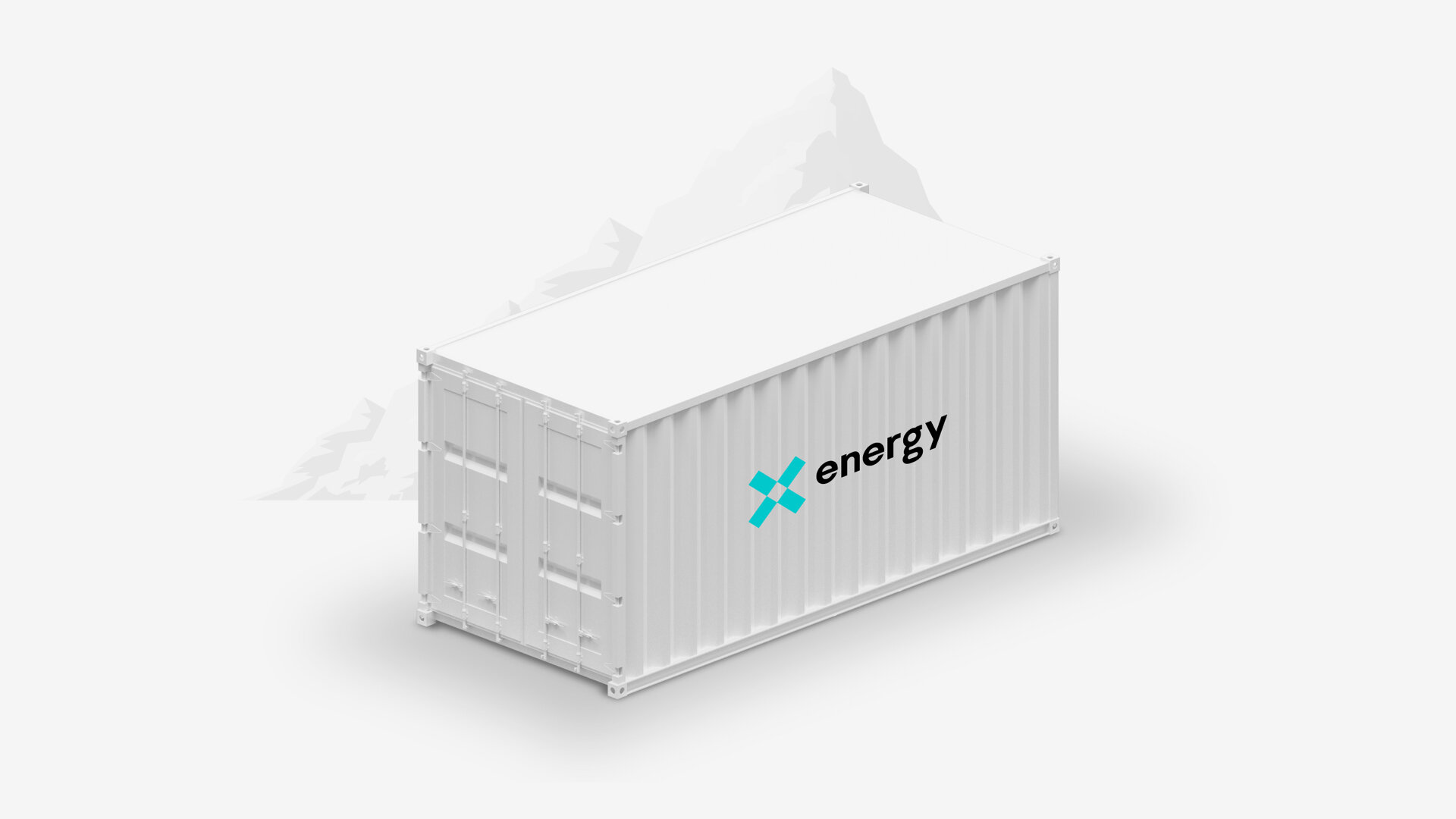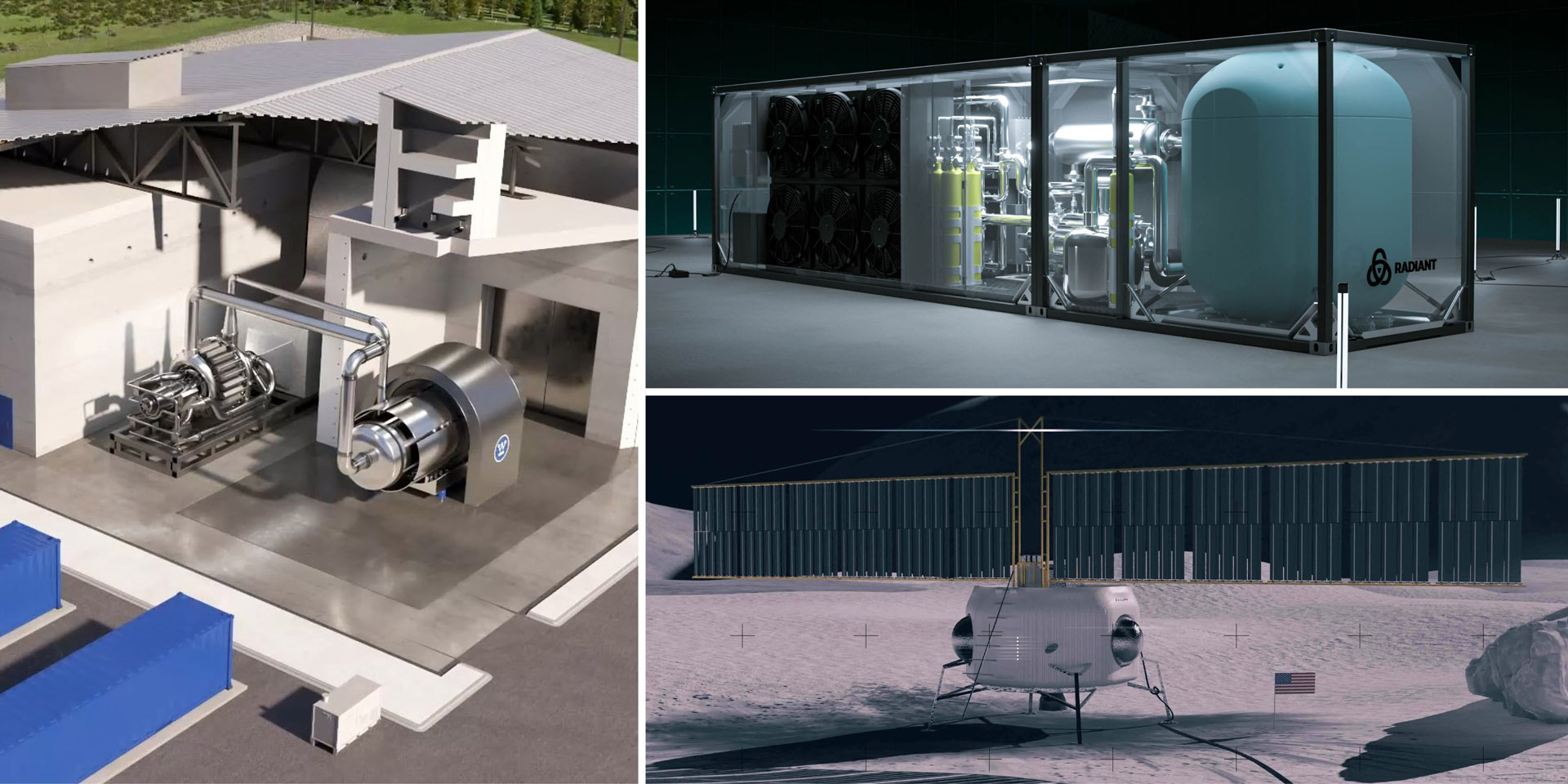LLNL physicist Mary Burkey developed a novel approach to simulating the energy deposition from a nuclear device on an asteroid’s surface. (Photo: LLNL)
The same high energy density that makes nuclear energy a clean and efficient source of power could make it a good alternative to defend the planet against catastrophic asteroid impacts. NASA demonstrated the world’s first planetary defense technology in September 2022 by deliberately crashing a “kinetic impactor”—a heavy, box-like spacecraft—into an asteroid. Now, researchers at Lawrence Livermore National Laboratory have developed a new tool to model how a nuclear device could deflect—or even destroy—an asteroid threat to Earth in a more efficient and controlled way.
A slide from the DOE-FES’s recent presentation to the Fusion Energy Sciences Advisory Committee. (Image: DOE)
The Office of Fusion Energy Sciences (FES) in the Department of Energy’s Office of Science introduced a new plan—"Building Bridges: A Vision for the Office of Fusion Energy Sciences”—during a Fusion Energy Sciences Advisory Committee (FESAC) hearing on December 13, and announced that news December 14. What’s included? A plan for the DOE to “establish the steps needed to help advance fusion energy, including addressing key science and technology gaps in the supply chain and industry.” The vision is less a guiding document than a preview of DOE-FES’s near-term intentions, which include drafting a fusion science and technology road map in 2024 to shape investments for the coming decade.
December 15, 2023, 4:56PMNuclear NewsDonna Kemp Spangler and Joel Hiller BWXT’s microreactor components would be designed to be transported directly from the factory to the deployment site. (Image: BWXT)
“The tools of the academic designer are a piece of paper and a pencil with an eraser. If a mistake is made, it can always be erased and changed. If the practical-reactor designer errs, he wears the mistake around his neck; it cannot be erased. Everyone sees it.”
Many in the nuclear community are familiar with this sentiment from Admiral Rickover. A generation of stagnation in the industry has underscored the truth of his words. But as economies around the world put a price on carbon emissions, there’s a renewed sense of urgency to deploy clean energy technologies. This shifts the global balance of economic competitiveness, and it’s clear that the best path forward for nuclear requires combining the agility of private innovators with the technology and capabilities of national laboratories.
STARFIRE is the name of an inertial fusion energy hub led by Lawrence Livermore National Laboratory—one of three hubs announced in early December. (Image: LLNL)
The Department of Energy recently announced that it was establishing three inertial fusion energy (IFE) hubs and funding them with a total of $42 million over four years. The leaders of the three hubs selected by competitive peer review—Colorado State University, Lawrence Livermore National Laboratory, and the University of Rochester—all issued press releases touting the attributes and plans of their facilities and their research collaborators on the same day—December 7.
Image from the DOE’s draft EA showing a rendering of the TFF building. (Image: DOE)
The Department of Energy’s Office of Clean Energy Demonstrations issued a draft environmental assessment (EA) in early November for a test and fill facility (TFF) that TerraPower plans to build in Kemmerer, Wyo.—the town selected two years ago to host the company’s first Natrium sodium fast reactor. The draft EA, open for comment through December 1, describes TerraPower’s plans to construct a nonnuclear facility that would safely store about 400,000 gallons of sodium to test coolant system designs and ultimately fill the planned reactor.
The Engineering Test Unit at KP Southwest. (Photo: Kairos Power)
In October, staff at Kairos Power’s testing and manufacturing facility in Albuquerque, N. M., began transferring 14 tons of molten fluoride salt coolant into an Engineering Test Unit (ETU)—the largest transfer of FLiBe (a mixture of lithium fluoride and beryllium fluoride) since the Molten Salt Reactor Experiment in 1969.
Concept art of a Rolls-Royce SMR plant. (Image: Rolls-Royce)
ULC-Energy, a nuclear development and consultancy company based in the Netherlands, has signed a memorandum of intent with Danish carbon emission reduction technology firm Topsoe and Britain’s Rolls-Royce SMR to investigate the production of hydrogen using Topsoe’s solid oxide electrolysis cell (SOEC) technology and electricity and heat from a Rolls-Royce small modular reactor plant.
Concept art showing inertial fusion ignition. (Image: Focused Energy)
Focused Energy and Lawrence Livermore National Laboratory have signed a strategic partnership project agreement that will allow LLNL—home of the National Ignition Facility (NIF)—to help the company develop and assess isochoric compression target designs for inertial fusion energy. Focused Energy announced the news on November 7.
Fabricated Z1 heat source in transfer port. (Photo: Zeno Power)
Zeno Power, a developer of commercial radioisotope power systems (RPSs), announced on October 26 that it has completed the design, fabrication, and testing of its Z1 strontium-90 heat source. According to Zeno, they have tested the first commercially developed radioisotope heat source and reached a key milestone for Zeno to begin delivering RPSs to customers in 2025.
The American Nuclear Society is soliciting qualified members who are interested in becoming the editor of Fusion Science and Technology (FST). Leigh Winfrey, SUNY-Maritime, has served as editor of FST since January 2018. During her term, she has successfully shepherded FST, maintaining the journal’s reputation for technical excellence and arranging a schedule of eight issues annually covering the most important topics in fusion science and technology.


